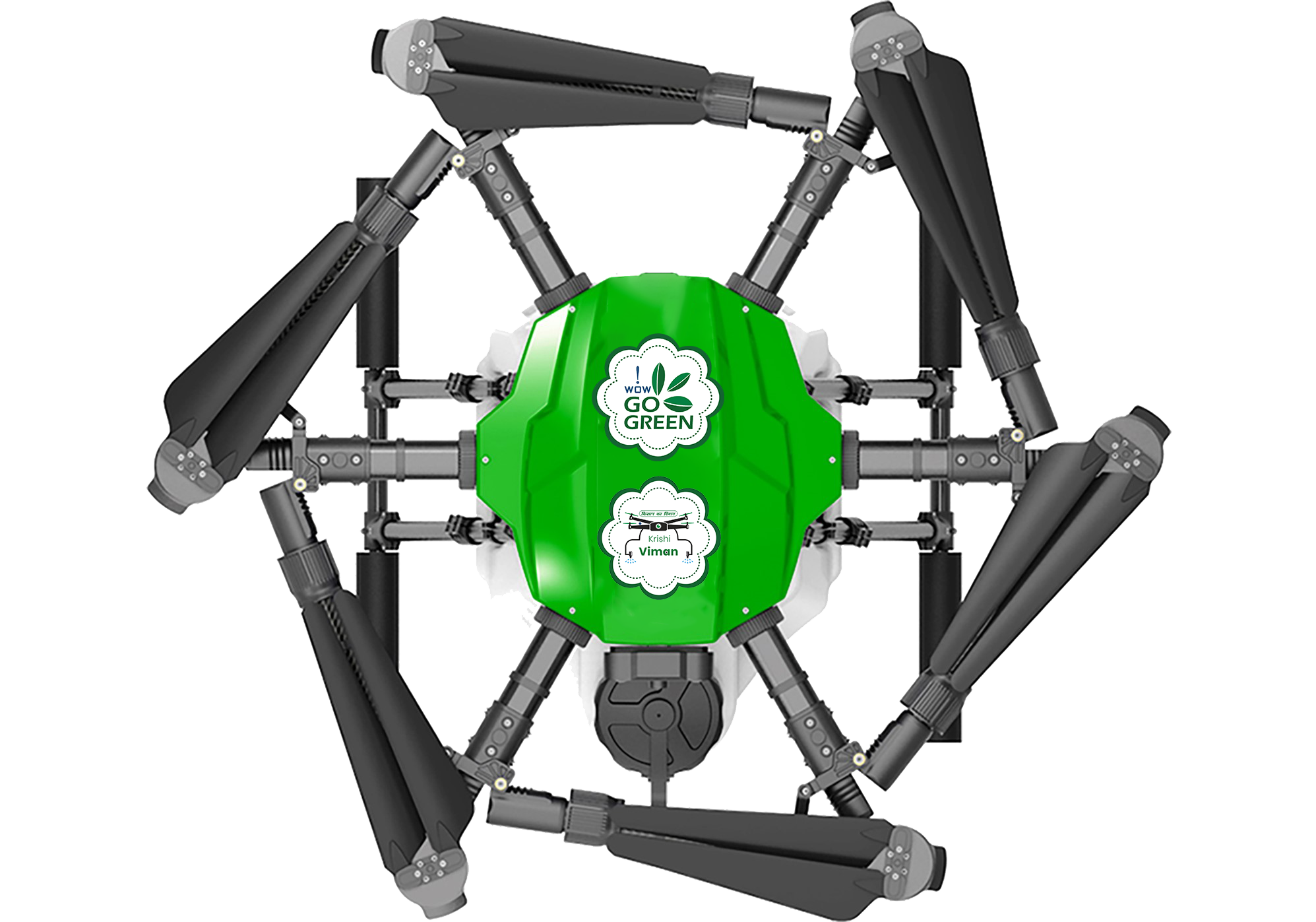Innovative Uses for Drones in Agriculture
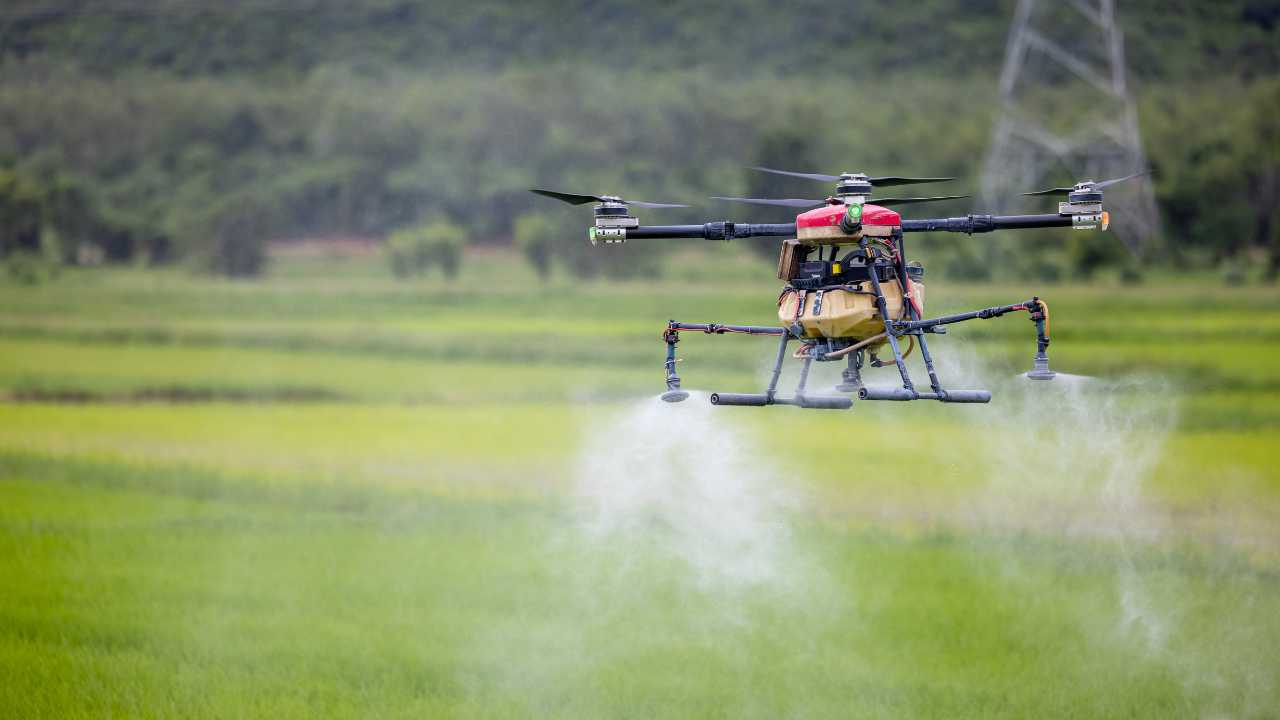
- By: krishiviman /
- 16-12-2023
The advent of drone technology in agriculture has opened a new horizon for farmers and agronomists alike. From crop health monitoring to precision agriculture, the potential applications of drones are vast and varied. This blog aims to explore some of the most innovative uses of drones in agriculture, highlighting how they are revolutionizing farming practices.
Understanding Agricultural Drones
Drones, or unmanned aerial vehicles (UAVs), are either remotely controlled or autonomous flying platforms. They are usually rotor-driven, featuring multiple rotors (typically 4-8), and can navigate pre-programmed routes or track objects using artificial intelligence (AI) technology. Originally developed for military purposes, drones are now widely used in commercial, industrial, and agricultural sectors?.
Scouting and Crop Health Monitoring
One of the primary uses of agricultural drones is for crop health monitoring. Traditional methods involve walking or driving through fields for visual inspections and soil sampling. However, with drone technology, farmers can perform more comprehensive and efficient monitoring. Drones equipped with specific agricultural imaging technology can create and analyze vegetation indices maps. Technologies like the Normalized Difference Vegetation Index (NDVI) enable quick scanning of large crop areas, helping farmers identify healthy and unhealthy plants. This capability allows for rapid response to issues, potentially saving entire crops from pest infestations or disease outbreaks?.
Monitoring Field and Pasture Conditions
Drones are also instrumental in monitoring field and pasture conditions, crucial for both crop and livestock yields. They offer a bird's-eye view of soil health and conditions, aiding in identifying drainage patterns, spotting overly wet or dry areas, and supporting precision fertilization. This aerial perspective eliminates the need for time-consuming ground scouting and soil sampling, making farm management more efficient?.
Spraying Applications
In regions like South Korea, drones perform up to 30% of agricultural spraying applications. They offer an innovative solution for accessing hard-to-reach areas, executing precise pesticide applications, and reducing costs and health risks associated with manual spraying methods. However, the widespread adoption of drone sprayers is hindered by safety and regulatory issues in many countries?.
Enhancing Farm and Ranch Security
Large farms and ranches can benefit significantly from drones for security monitoring. These UAVs provide a cost-effective and nimble solution to monitor vast areas, including fences, warehouses, silos, and livestock paddocks. Drones can quickly inspect hard-to-reach corners or investigate potential issues, enhancing the physical security of farm properties?.
Livestock Management
Drones have made strides in livestock management as well. They facilitate efficient herd tracking and monitoring, health checks, fence inspections, and even herding. Drones enable ranchers to monitor distant herds, assess water sources and paddock health, and guide lost animals back to the herd, all while saving time and resources?.
Crop Pollination
With the decline of bee populations, farmers are exploring drones as alternative pollinators. While drones can collect and distribute large amounts of pollen, they are still far from replacing bees as efficient pollinators. However, the ongoing research and development in this area show promise for future applications?.
Planting and Seeding
Drones are also being used for seeding and planting, particularly in efforts to combat deforestation and increase biodiversity. Some startups have developed drone technology to strategically plant tree seeds, using AI and proprietary seed pods to plant thousands of trees per day. This approach is especially beneficial in areas affected by wildfires?.
Purchasing Agricultural Drones
For those interested in integrating drone technology into their agricultural practices, Krishiviman.com is an excellent place to start. They offer a range of agricultural drones suitable for various farming needs.
Conclusion
The integration of drones in agriculture is not just a futuristic concept; it's a present reality transforming farming practices. By harnessing the power of these versatile tools, farmers can enhance crop monitoring, improve field conditions, optimize livestock management, and even venture into new areas like crop pollination and seeding. As regulations evolve and technology advances, the potential for drones in agriculture will continue to expand, making them an indispensable tool for modern farming.
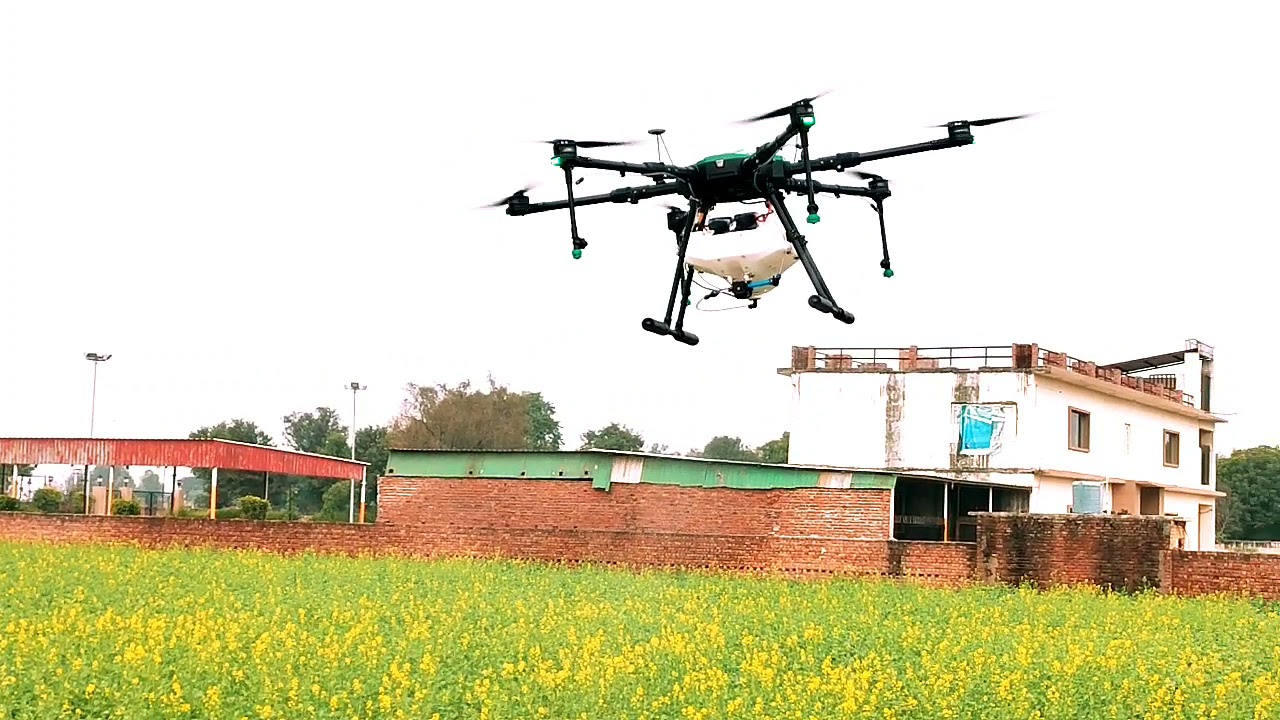
Revolutionizing Indian Agriculture: The Emergence of Drone Technology in Farming Practices
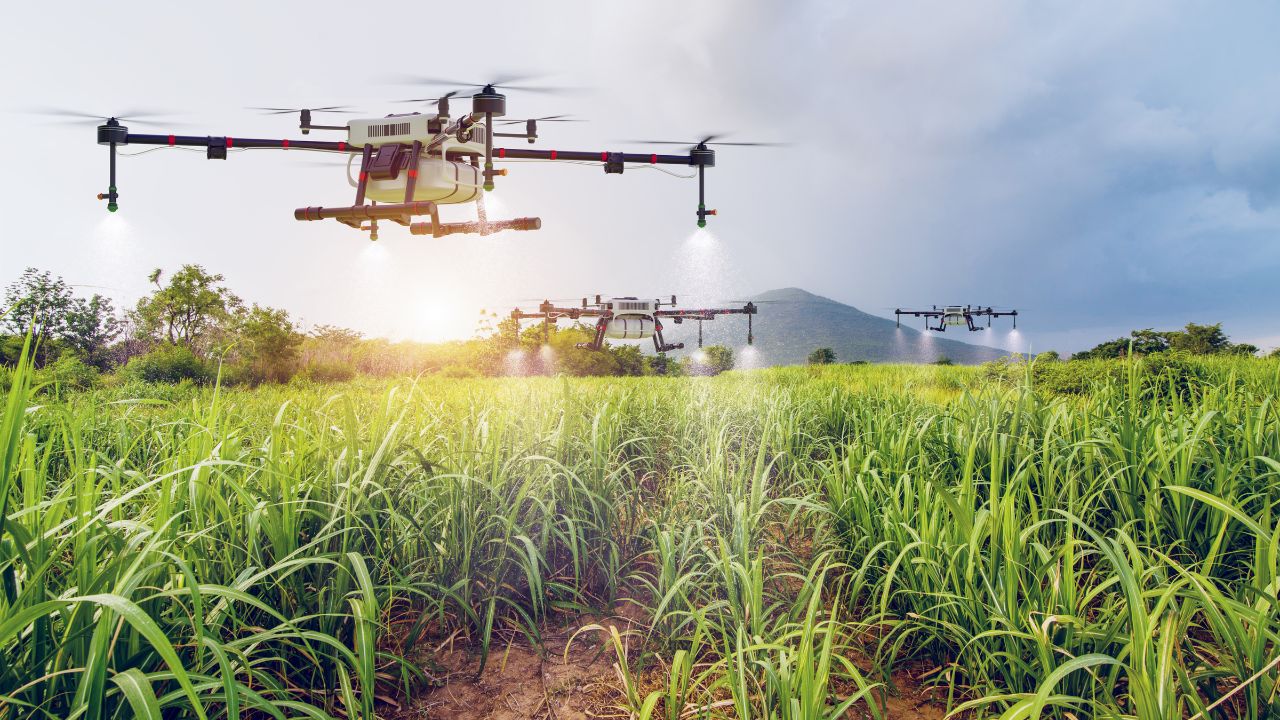
Importance of Drone Technology in Indian Agriculture and Farming Introduction
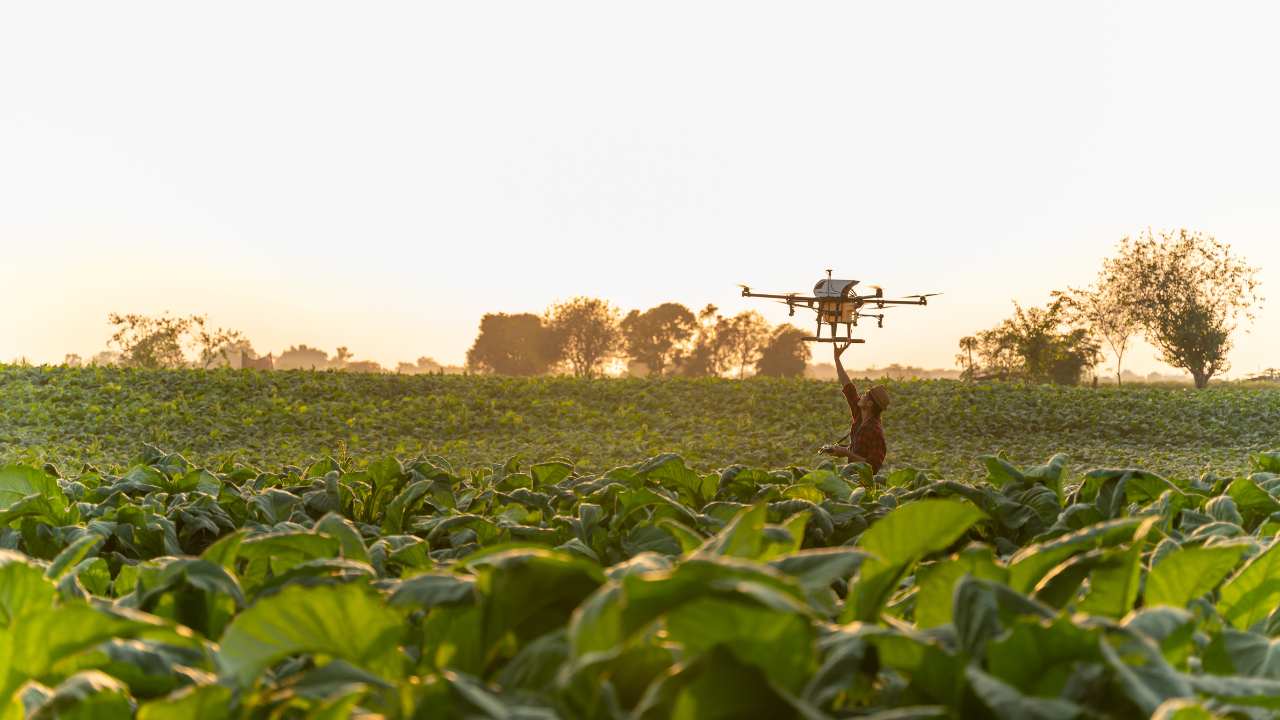
Revolutionizing Indian Agriculture: Krishiviman's Pioneering Drone Technology
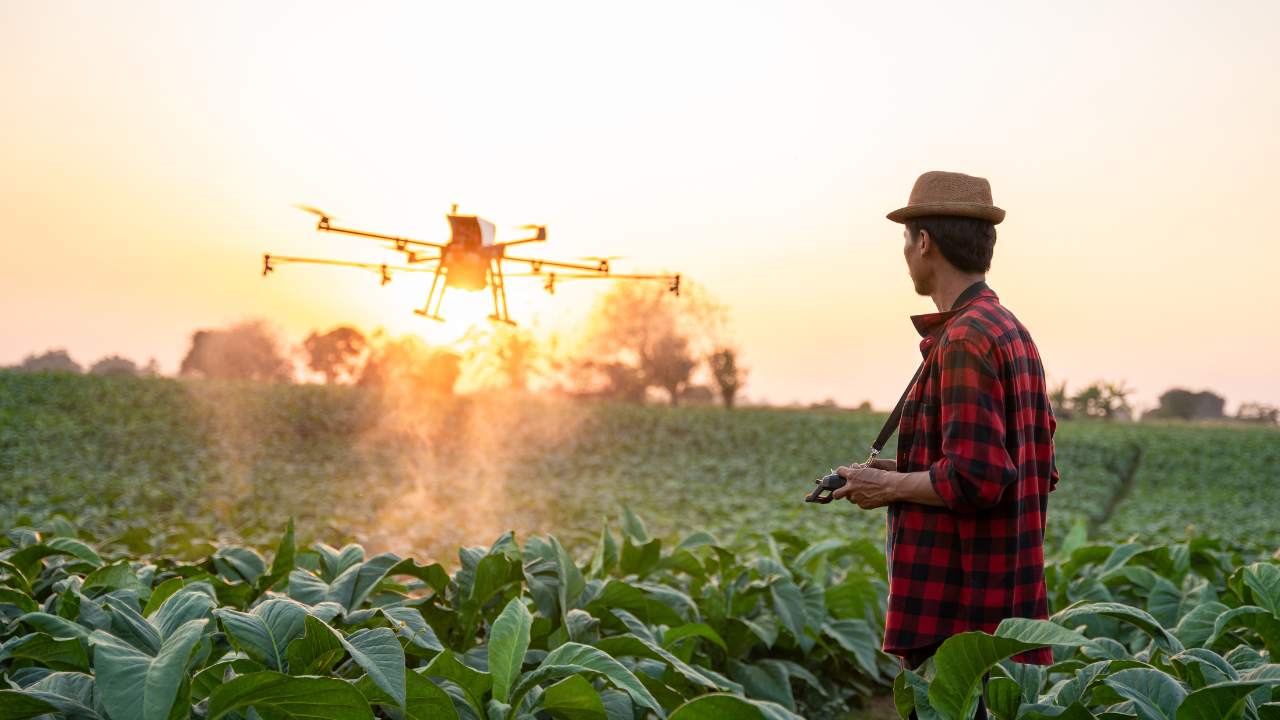
Transforming Farming: How Agricultural Drones are Solving Key Challenges in Agriculture


